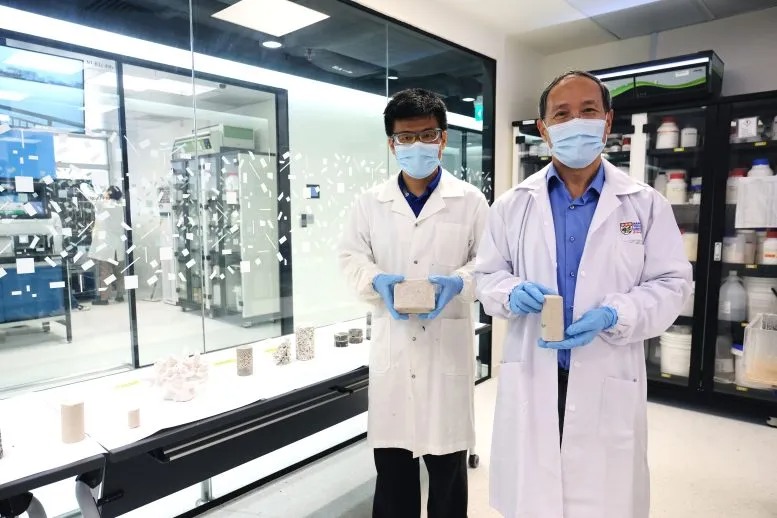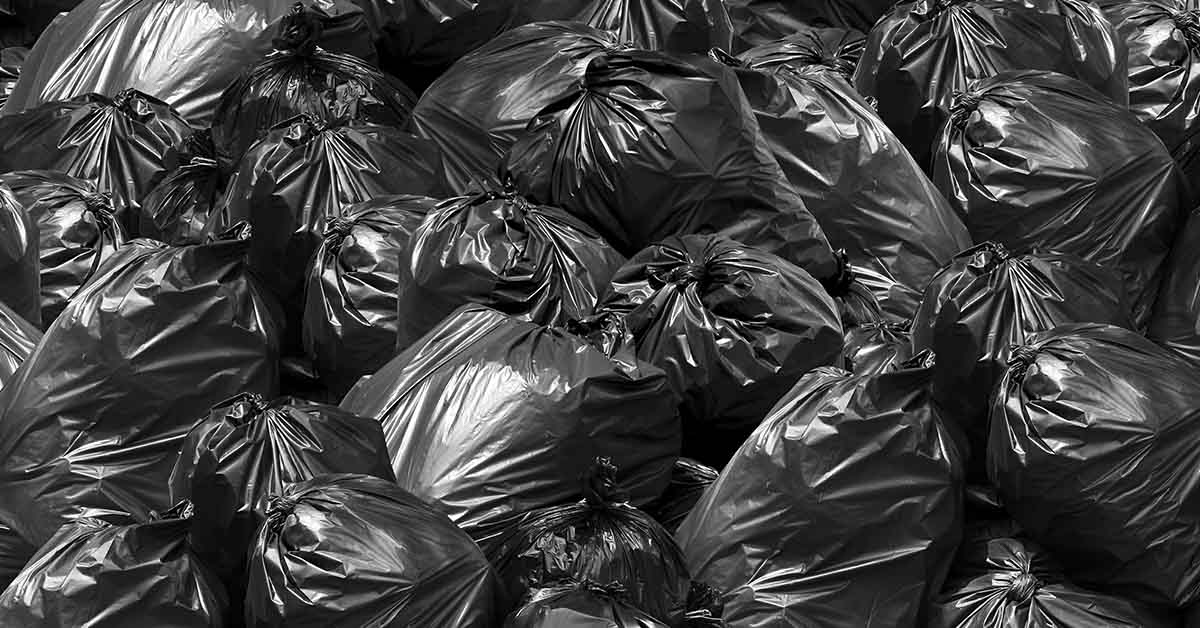There are a couple of construction materials that almost everyone knows about. Cement, is perhaps, the most popular of them. We all know how invaluable cement is when it comes to construction. However, the manufacturing process of this material is extremely harmful to the environment – from noise polluting in blast quarries to releasing airborne pollutants such as dust.
cSingapore’s Nanyang Technological University (NTU) may have found a solution to it. Over there, scientists have discovered a unique way of creating biocement. As the name implies, the ingredients are mainly waste material. Thus the material is a much greener alternative to traditional cement.[1]
What Is Bio-Cement?
NTU’s bio cement uses two commonly found waste materials as its ingredients. They are urea (the compound present in the urine of mammals), and carbide sludge (an industrial waste). The NTU scientists found a way to form a precipitate using the way urea interacts with the calcium ions present in the carbide sludge. If this reaction takes place in the soil, the precipitate can bind the particles of soil together, producing a compact soil mass. This is a block of biocement that is durable, strong, as well less permeable.
Professor Chu Jian, the leader of the research team and the chair of NTU’s School of Civil and Environmental Engineering, demonstrated various properties of the material in a research paper dated February 22, 2022. According to him, the NTU bio-cement can be much more sustainable as well as cost-effective when it comes to soil improvement involved in various types of construction.

Some such construction efforts include reducing wind or dust erosion, controlling beach erosion, or constructing freshwater reservoirs in deserts or beaches. On a much smaller scale, the material can also be used to repair monuments such as statues and rock carvings.
Read: Student Creates Plastic Made From Orange Waste That Biodegrades In 90 Days
The Advantages Of Bio-Cement Over Traditional Cement
The manufacturing process of bio-cement is much less energy-intensive while also generating a reduced amount of carbon emissions. Acetylene gas production gives off carbide sludge as waste while urine is easily accessible.
Bio-cement reinforced soil can measure a maximum of 1.7 MPa (megapascals) when it comes to unconfined compression strength. Soil treated in the same way with an equivalent amount of traditional cement does not record as much.
As per the words of Professor Chu, the environmental effects are considerable. He says, “One part of the cement-making process is the burning of raw materials at very high temperatures over 1,000 degrees Celsius to form clinkers – the binding agent for cement. This process produces a lot of carbon dioxide. However, our biocement is produced at room temperature without burning anything, and thus it is a greener, less energy demanding, and carbon-neutral process.”
Read: These Nigerian Homes are Earthquake-Proof and Made from Thousands of Plastic Bottles
He goes on to explain the drastic implications of the other ingredients as well. Prof. Chu adds “[Carbide sludge] is a good raw material for the production of biocement. By extracting calcium from carbide sludge, we make the production more sustainable as we do not need to use materials like limestone which has to be mined from a mountain. Limestone is a finite resource – once it’s gone, it’s gone. The mining of limestone affects our natural environment and ecosystem too.”
The icing on the cake is, perhaps, that the team claims producing the bio-cement in such a way can actually be cheaper than the traditional production process.
Read: Scientists Discover Plastic-Eating Worms That Digest Styrofoam
Not The Only Example
There have been other discoveries regarding this increasingly popular. In 2021, Yuya Sakai and Kota Machida, researchers at the Tokyo of University, used food waste to make cement. They had to toil for months before finding the correct combination of pressure and temperature to make the cement without any additives.
In 2021, another experiment managed to produce concrete from old products made of concrete. In 2019, Taiwan’s National Taipei University and India’s Water Resources Department discovered that green cement can use aquaculture, and agricultural farming wastes as a substitute for traditional binding and coarse materials.[2]
However, according to Sohan Mone, an engineer specializing in structural design, there is a long way to go till green cement actually becomes commonplace. Mone explains that all the infrastructure at present is built specifically for traditional cement. Moreover, these new alternatives must meet safety and performance standards before they can be even thought of as probable alternatives.
After all, cement is usually used while keeping a timeframe of several centuries and immensely stressful and environmentally degrading situations. Furthermore, costs will always be a concern at the end of the day. At the same time, there is an urgency in the situation. Meeting the Paris Agreement would mean reducing the industry’s annual emissions by a minimum of 16% before 2030.
Keep Reading: This Brilliant Low-Income Housing is Made From Coffee
Sources
- “Scientists Create Cement Entirely Out of Waste Material.” Scitech Daily. Nanyang Technological University. June 11, 2022.
- “Green cement could change the construction game—but will builders actually use it?” Pop Sci. Maria Parazo Rose. June 14, 2022.

